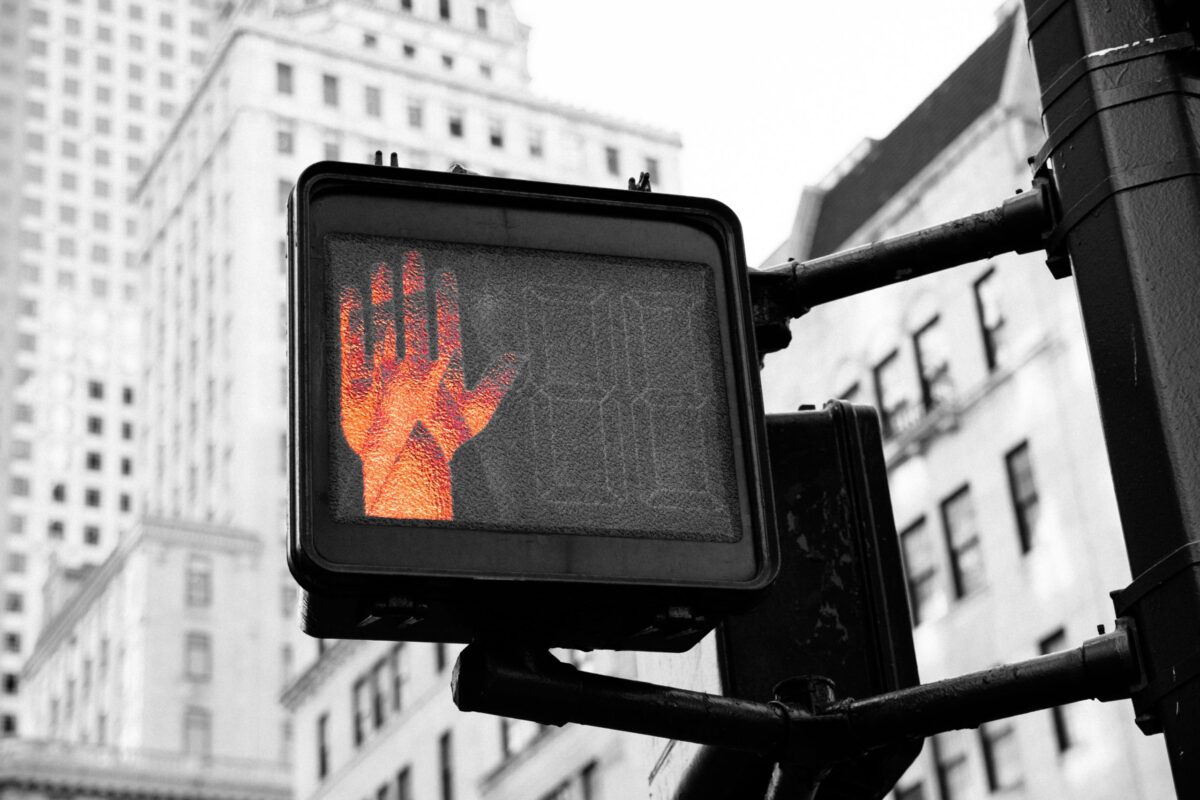
I pride myself on being a continual student of life. I am always looking to learn more about what I do not know. I also know that if I am going to continue to do my work in the area of diversity, equity, and inclusion, I can never become too arrogant to think I have it all figured out. Enter the word BIPOC, which is a word I am afraid to admit I just learned about in 2020. I first thought it meant “BIsexual People of Color.” From what I have learned about this term, I have come to believe that this term is problematic for several reasons and organizations especially should stop using the term immediately.
According to the New York Times, the term first started appearing in social media circles in 2013. The term started to gain more prominence in 2020 in the wake of protests over the killings of George Floyd, Breonna Taylor, Ahmaud Arbery, and others. Since then, the term has sprung up everywhere. Organizations such as the BIPOC project are centered on a mission to “build authentic and lasting solidarity among Black, Indigenous and People of Color (BIPOC), in order to undo Native invisibility, anti-Blackness, dismantle white supremacy and advance racial justice.” They also state that they use the term BIPOC to “highlight the unique relationship to whiteness that Indigenous and Black (African Americans) people have, which shapes the experiences of and relationship to white supremacy for all people of color within a U.S. context.” While I respect their mission and the sentiments of others who identify with this word, this term should no longer be adopted into our lexicon for the following four reasons.
- The term “BIPOC” is like a double negative (or double-positive if you prefer).
If Black people are “people of color” and our indigenous or Native American people are “people of color” than the term itself is repetitive.
- Black & Indigenous people don’t have that much in common.
While the term BIPOC exists to express solidarity, it groups together a group of people whose histories could not be more different. The experience of Native Americans is like no other and is an extremely understudied aspect of American history. Native American history is often told from the perspective of the people who arrived on boats as opposed to from the perspective of people who were on the soil whereas black people were brought to this country through the transatlantic slave trade.
Both black people and Native Americans have experienced great oppression but their stories are also complicated by the fact that some Native Americans were also owners of enslaved Africans. Then of course, we can talk about the African American soldiers known as the Buffalo Soldiers who killed Native Americans in the 1800s. So what do these two groups really have in common? Queue reason #3 to stop using BIPOC—whiteness.
- Uniting around whiteness is not the way to go.
Black people and Native Americans have experienced severe forms of oppression at the hands of white colonizers and enslavers. Native Americans were also enslaved by colonizers. There are indeed countless examples of Native Americans and black people working towards unity, demonstrated in the 20th century by the fight for equality and civil rights and black & brown empowerment movements. The point here is that historically, most of the times that Native American and black solidarity has been demonstrated has been in response to white oppression. Is this reason enough to combine these groups in such a generic fashion? We cannot build movements based off of opposition to another group because real solidarity does not fully exist if it can only exist with a common enemy.
- Why do white people just get to be white?
I have seen so many terms used to describe non-white people throughout American history from Negro, colored, and Hispanic, to Indian, people of color, and LatinX. Now we have BIPOC. Throughout all of this, white people just still get to be called white. Not only is this annoying because, last time I checked, white is a color too, but also because the more terms we come up with, the more white people are viewed as being the original people and everyone else is colored into that white narrative of originality. Putting white people basically at the center of creation is not historically accurate. I have written more extensively about the broader problems the term “people of color” creates and why we should not use it so I will not revisit that here. I will just say that the more time we spend coming up with new terms to describe nonwhite groups, the more we actually strengthen the narrative of white Eurocentric dominance in America.

At the end of the day, I do not have the right to challenge how any one individual chooses to identify with a culture or identity. I am speaking to the challenges that exist on a collective level when we continually create new terms for people who ultimately do not have that much in common, as we have done with the term “people of color.” I argue for us to be intellectually energetic enough to treat each group with the respect they deserve in the same way we do white people. Both white people and Native Americans owned slaves but no one has come up with the term WIPOC to express solidarity. Let us tell the story of Native Americans, black people, and all cultural or racial groups with the individual respect they deserve. This is crucial in your commitment to creating communities where everyone is celebrated and not tolerated. Let’s GO!
Watch the video here.



 This takes us also to white parents and staff. I have appreciated the calls I have been on and led with parents of all backgrounds, and oftentimes the white parents and staff outnumber the black parents and staff. This makes sense given the makeup of these schools but if the black parents and staff are going to be separated or addressed in separate conversations, which happens, wouldn’t the fight for equity and equality necessitates that white, Asian, Hispanic, and Native American parents and staff be spoken to separately as well? Are schools equipped to even have that conversation? Are they ready to discuss, for example, how many private schools always use a black child as the face for the financial aid campaigns although the school may have more white students in the school on some form of financial aid? Are they ready to discuss the social networks that often form among white parents and staff that often exclude black people unless some form of representation is needed? My wife and I have had to often think twice before sending our kids to some birthday parties because we had to be sure that our kids were really invited because of friendship and not out of a desire to have diversity at a party. Examples like these are endless.
This takes us also to white parents and staff. I have appreciated the calls I have been on and led with parents of all backgrounds, and oftentimes the white parents and staff outnumber the black parents and staff. This makes sense given the makeup of these schools but if the black parents and staff are going to be separated or addressed in separate conversations, which happens, wouldn’t the fight for equity and equality necessitates that white, Asian, Hispanic, and Native American parents and staff be spoken to separately as well? Are schools equipped to even have that conversation? Are they ready to discuss, for example, how many private schools always use a black child as the face for the financial aid campaigns although the school may have more white students in the school on some form of financial aid? Are they ready to discuss the social networks that often form among white parents and staff that often exclude black people unless some form of representation is needed? My wife and I have had to often think twice before sending our kids to some birthday parties because we had to be sure that our kids were really invited because of friendship and not out of a desire to have diversity at a party. Examples like these are endless.

